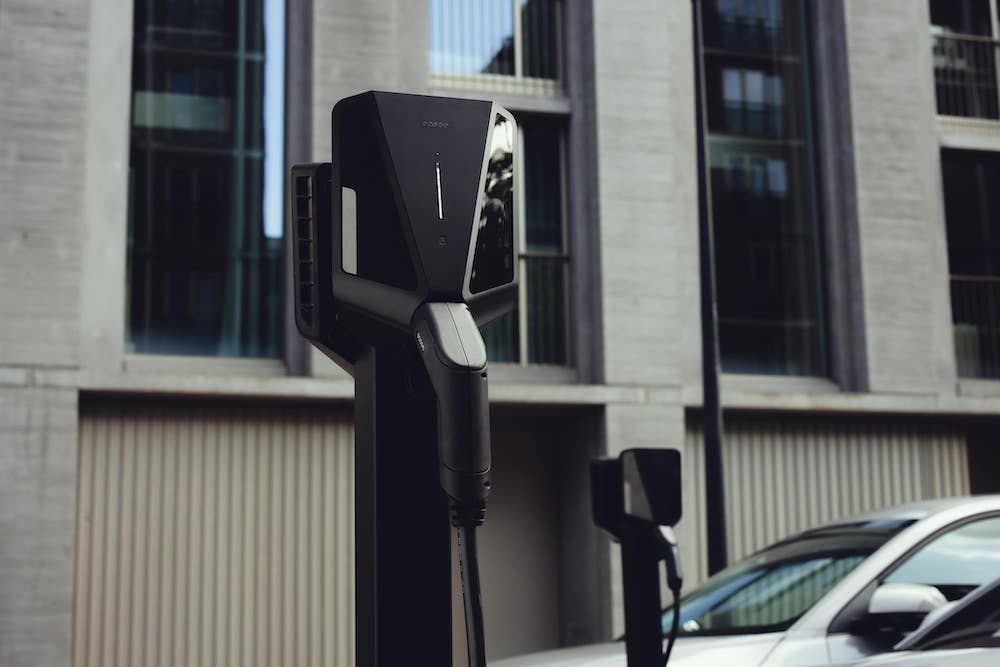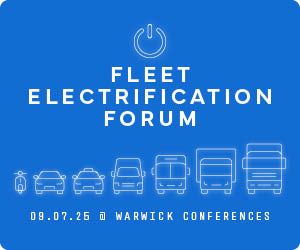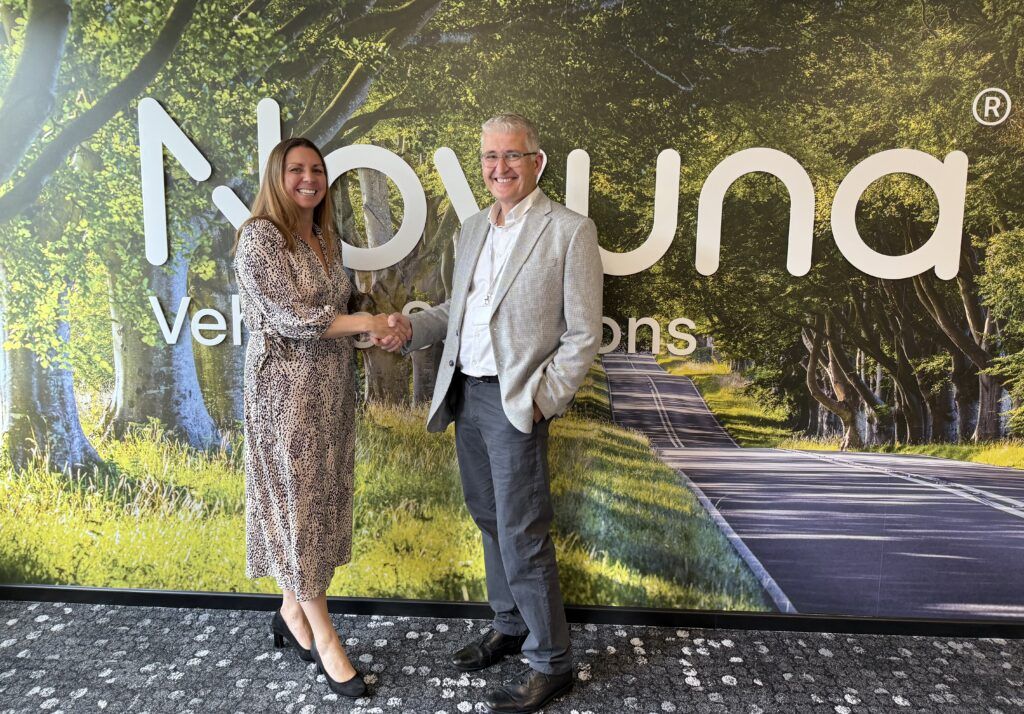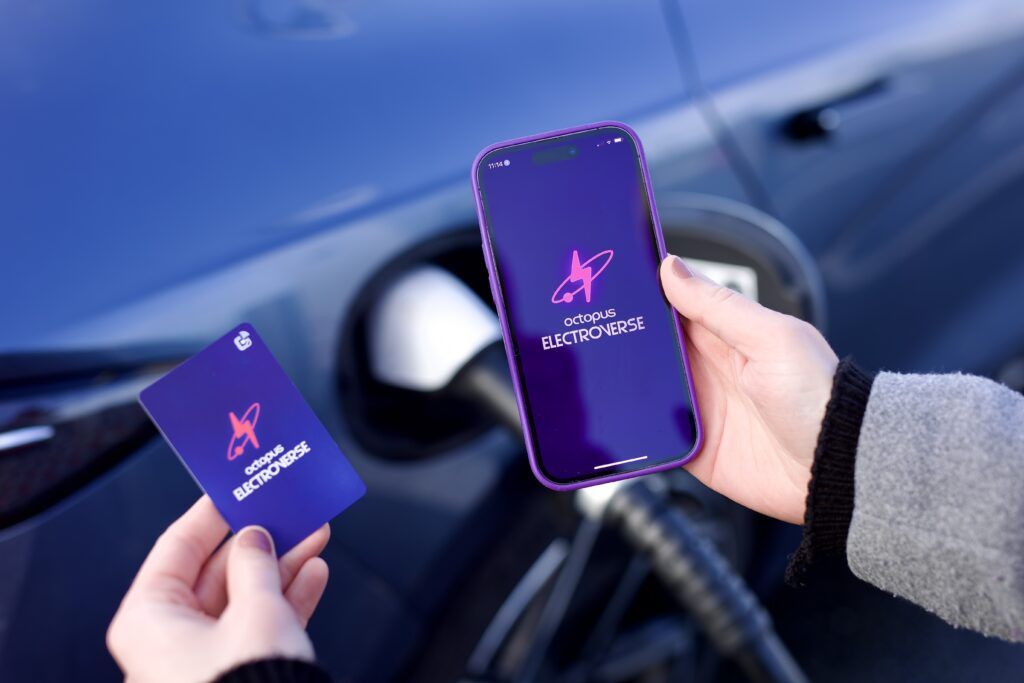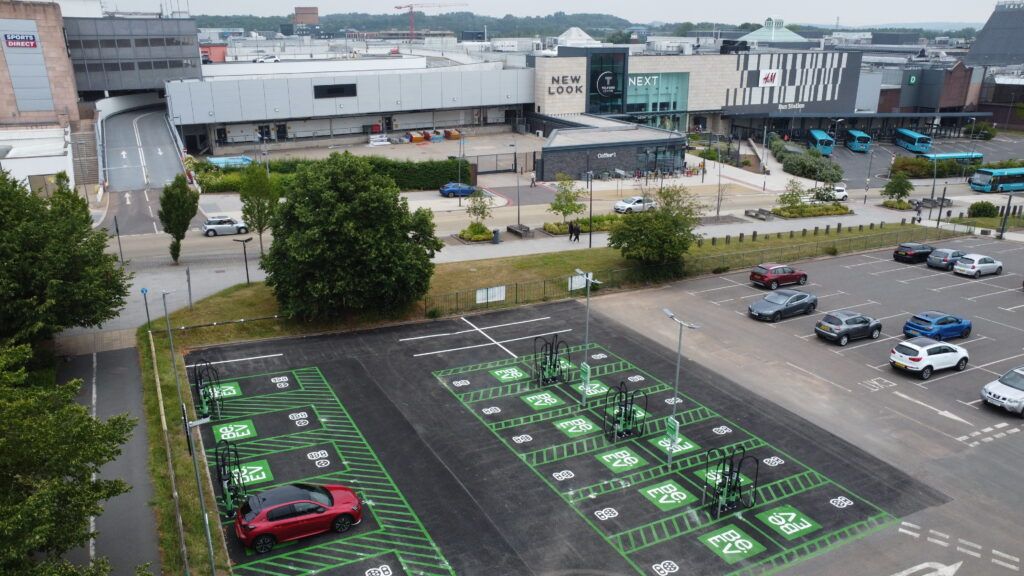A new report on the Internet of Things adoption by global IoT firm Eseye revealed companies are settling for sub-standard IoT connectivity performance.
Only 1% of respondents achieving better than 98% connectivity levels on average across their device estates, but IoT devices require almost 100% connectivity to work, including EV chargers failing due to poor connectivity and revenue lost as a result
The study, undertaken by independent research organisation, Opinion Matters, is the third annual State of IoT Adoption survey and the largest connectivity survey undertaken in the market, involving 1,009 senior decision makers in the UK and US across five different vertical sectors, including EV charging and smart grid, healthcare and medical devices, manufacturing, supply chain and logistics and smart vending.
The report highlights respondents appeared satisfied with their service despite experiencing connectivity levels that are significantly below best practice. Nearly every respondent (95%) said cost was an important aspect when choosing their connectivity provider. But 71% admitted that cheap commodity SIM and data connectivity providers aren’t a good long-term investment. Nearly all respondents (89%) agreed that an end-to-end services programme to IoT services under one roof would be beneficial to their business.
The majority of respondents (81%) expected the number of IoT devices in the field to increase over the next 18 months and nearly three quarters (72%) are planning to increase their IoT budgets in the next two years. There was consensus (81%) that getting the IoT device design right is key to an effective IoT project.
Paul Marshall, Co-Founder and CCO, Eseye, said: “Breadth and depth of global coverage matters – how many cellular networks do you truly have access to? Is that coverage resilient and reliable enough for your business case? In order to achieve near 100% ubiquitous global IoT connectivity, a unique blend of network capabilities, hardware, device optimisation and professional service expertise is required.
“Buyers may be unaware that their connectivity is subpar as they may not have a suitable benchmark, and are engaging in a false economy when cost is their top concern not value. The fact that buyers seem unaware that connectivity performance is even an issue clearly points to a need to better educate the market around what should be acceptable to deliver IoT success.”
Nick Earle, CEO, Eseye, said: “A change of mindset is needed, where buyers understand the capabilities they are working with and invest in the right connectivity technology that will drive change for their unique business case. Increasing budgets allows IoT teams to invest in solving the problem by building connectivity-by-design into their products, rather than simply increasing the scale of inadequate devices.
“This survey demonstrates that there is a lot of demand and support for IoT, but we need to capitalise on this by educating buyers and solving business problems rather than just throwing money at an inefficient model.”
Image from Shutterstock





